Research Progress on Androgenetic Alopecia in Traditional Chinese and Western Medicine
DOI: 10.23977/medcm.2025.070119 | Downloads: 14 | Views: 599
Author(s)
Lei Huanhuan 1, Yan Xiaoning 2, Chen Le 2, Li Jiayun 1
Affiliation(s)
1 The First Clinical Medical College, Shaanxi University of Chinese Medicine, Xianyang, Shaanxi, 712046, China
2 Shaanxi Provincial Hospital of Chinese Medicine, Xi'an, Shaanxi, 710003, China
Corresponding Author
Yan XiaoningABSTRACT
Androgenetic Alopecia (AGA) has emerged as a prevalent condition that significantly impacts the aesthetic appearance of affected individuals. Due to its profound effect on personal appearance, patients often experience a diminished sense of self-esteem and may develop emotional issues such as anxiety and depression, which can adversely affect their social interactions. A variety of clinical treatments are available for this condition. This article aims to provide a comprehensive review of the pathogenesis of Androgenetic Alopecia from both Western and Traditional Chinese Medicine (TCM) perspectives. It will explore the efficacy of Western medical treatments, including pharmacological interventions, physical therapies, and surgical options, in conjunction with TCM's unique approaches such as oral and topical herbal remedies, acupuncture, and moxibustion. The goal is to offer insights that may inform clinical decision-making and provide a reference for the treatment of AGA.
KEYWORDS
Androgenetic Alopecia; Integrated Chinese and Western Medicine Treatment; Acupuncture; Research Progress; ReviewCITE THIS PAPER
Lei Huanhuan, Yan Xiaoning, Chen Le, Li Jiayun, Research Progress on Androgenetic Alopecia in Traditional Chinese and Western Medicine. MEDS Chinese Medicine (2025) Vol. 7: 159-166. DOI: http://dx.doi.org/10.23977/medcm.2025.070119.
REFERENCES
[1] Liu Xin, Zhu Ningxia. Etiology and related research progress of alopecia[J]. Acta Medicinae Sinica, 2019, 0(6):172-176.
[2] Zhang Jian Zhong, Guideline for diagnosis and treatment of androgenetic alopecia[J]. Journal of Clinical Dermatology, 2014, 43(3):182-186.
[3] Lin Hanbiao. Investigation and study of the quality of life and depression in patients with androgenic alopecia and alopecia areata[J]. China Modern Medicine, 2018, 25(23):179-181+185.
[4] Sun Caihong, Lai Yongxian, Wang Qingliang, et al. Analysis of quality of life and psychological status of 342 patients with androgenetic alopecia[J]. Chinese Journal of Dermatovenereology of Integrated Traditional and Western Medicine, 2023, 22(3):259-261.
[5] FABBROCINI G, CANTELLI M, MASARÀA, et al. emale pattern hair loss:a clinical, pathophysiologic, and therapeutic review[J]. Int J Womens Dermatol, 2018, 4(4):203-211.
[6] Paus R, Cotsarelis G. The biology of hair follicles.[J].The New England journal of medicine, 1999, 341(7):491-497.
[7] Ma Xiaomin, Liang Danni, Zhang Kaiyun, et al. The Pathogenesis and Research Progress of Oxidative Stress on Androgenic Alopecia[J]. Chinese Journal of Aesthetic Medicine, 2025, 34(2):189-192.
[8] Liang Yunxiao, Tang Xin, Zhang Xue, et al. Adipose Mesenchymal Stromal Cell-Derived Exosomes Carrying MiR-122-5p Antagonize the Inhibitory Effect of Dihydrotestosterone on Hair Follicles by Targeting the TGF-β1/SMAD3 Signaling Pathway[J]. International Journal of Molecular Sciences, 2023, 24(6):5703-5703.
[9] Shen Yuqing, Song Xiuzu. Ultraviolet rays and androgenetic alopecia[C]//Chinese Association of Integrative Medicine. 2023 National Conference on Dermatological and Venereal Diseases of Integrated Traditional and Western Medicine. 2023 National Conference on Dermatology and Venereology, 2023:2.
[10] Wang Xuan, Wang Jin.Mechanisms and Advances in Pharmacological Treatment of Androgenetic Alopecia [J].Electronic Journal of Clinical Medical Literature, 2018, 5(33):186-188.
[11] Liu Yang, Qu Qian, Fan Zhexiang, et al. Low-level Laser Therapy for Female Pattern Hair Loss:A Randomized Controlled Clinical Study[J]. Chinese Journal of Aesthetic Medicine, 2021, 30(10):73-77.
[12] Manstein Dieter, Herron G Scott, Sink R Kehl, et al. Fractional photothermolysis: a new concept for cutaneous remodeling using microscopic patterns of thermal injury.[J]. Lasers in surgery and medicine, 2004, 34(5):426-438.
[13] Sun Ruishuang, Zhang Yunsong. Clinical research progress of fractional laser treatment for alopecia [J]. The Journal of Practical Medicine, 2023, 39(5):647-650.
[14] Song Aolin, Cui Bingnan, Wang Xuemin, et al. Differential treatment of traditional Chinese medicine of telogen effluvium based on theory of hair being the surplus of blood [J]. Beijing Journal of Traditional Chinese Medicine, 2024, 43(3):329-332.
[15] Guo Zixuan, Zhang Xiaoqing, Wu Jingdong. Differentiation and Treatment of Androgenetic Alopecia Based on Collateral Disease Theory [J]Journal of Practical Traditional Chinese Internal Medicine, 2024, 38(5):86-89.
[16] Liang Yanbo. Research on the etiology, pathogenesis and medication rules of seborrheic detachment based on data mining[D]. Shandong University of Traditional Chinese Medicine, 2024.
[17] Huang Yanfen, Huang Ruilan, Mo Jiahao, et al. Bibliometric Analysis of Research on Androgenetic Alopecia in Domestic and International Contexts [J]. Dermatology and Venereology, 2023, 45(2):136-141.
[18] Luo Sha, Chen Yingying, Feng Fang, et al Yang Dingquan. Experience of YANG Ding-quan using integrative medicine to treat androgenic alopecia[J]. Beijing Journal of Traditional Chinese Medicine, 2019, 0(5):442-445.
[19] Huang Xueying, Yan Xiaoning, Wei Miao, et al. Yan Xiaoning’s Experience in Treating Seborrheic Alopecia with"Three Sequential Methods"[J]. Chinese Journal of Aesthetic Medicine, 2022, 31(10):155-158+205.
[20] Ouyang Huan, Wang Xueqian, Cheng Fafeng, et al. Chinese Medical Master Wang Qingguo′s Experience in Distinguishing and Treating Seborrheic Alopecia [J].The Chinese Journal of Dermatovenereology, 2024, 38(2):168-170+176.
[21] Li Menghuan, Xue Yujie, Chen Xiaoyan. Effect of Qushi Shengfa decoction combined with fractional laser and minoxidil in the treatment of damp-heat androgenetic alopecia and its influences on TGF-β1 and VEGF levels[J]. Clinical Research and Practice, 2024, 9(8):121-124.
[22] Lu Chen, Shi Siyi, Zhang Yubo, et al. Clinical Effect of Fangfeng Tongsheng Powder Combined with Microneedle Induction of Minoxidil in Treatment of Androgenic Alopecia with Spleen-Stomach Damp-Heat Syndrome[J]. Journal of Anhui University of Chinese Medicine, 2024, 43(4):35-40.
[23] YUE Dan. Clinical study on the treatment of androgenetic alopecia in men with liver and kidney insufficiency[D]. Yunnan University of Traditional Chinese Medicine, 2022.
[24] Feng Tianyu. Jiawei Qibao Meifu Dan combined with erbium laser in the treatment of hepatic and renal insufficiency female pattern alopecia[D]. Yunnan University of Traditional Chinese Medicine, 2024.
[25] WANG Qinghua, WANG Limin, QIN Yufen. Systematic Evaluation and Analysis of Traditional Chinese Medicine in the Treatment of Seborrheic Alopecia [J]. Zhejiang Journal of Traditional Chinese Medicine, 2021, 56(2):152-153.
[26] Kong Jingjing, Yu Qi, Li Jinghua, et al. Analysis on the Medication Law of TCM Compound Patents in the Treatment of Seborrheic Alopecia[J]. Chinese Journal of Library and Information Science for Traditional Chinese Medicine, 2023, 47(5):81-85.
[27] Xiang Jing, Su Yingying, Fan Jianguo, et al. Effect of modified Tougu Platycladus decoction on androgenic alopecia of damp-heat type[J]. Zhejiang Journal of Integrated Traditional Chinese and Western Medicine, 2021, 31(12):1134-1136.
[28] Kong Y, Wang Ziwei, Wang Ce, et al. Observation on the Efficacy of Acupuncture plus Medication in Treating Male Seborrheic Alopecia Due to Damp-heat Steaming[J]. Shanghai Journal of Acupuncture and Moxibustion, 2019, 38(4):436-440.
[29] Li Jingchun, Liu Feng, Chen Lirong.Clinical Effi cacy of Plum-Blossom Needle Tapping and Acupuncture Combined with Minoxidil in the Treatment of Male Seborrheic Alopecia[J].Chinese Journal of Aesthetic Medicine, 2024, 33(6):93-96.
[30] Xiang Yaling, Xu Ting. Observations on the Efficacy of Plum-blossom Needle plus Syndrome Differentiation-based Point Selection asMain Therapy for Male Pattern Baldness[J]. Shanghai Journal of Acupuncture and Moxibustion, 2020, 39(12):1591-1595.
[31] Chen Fei, Ding Dingming, Li Sikang, et al. Experience of Ding Dingming, Associate Chief Physician, in Alopecia Treatment with Acupuncture Based on Xuanfu Theory[J]. Asia-Pacific Traditional Medicine, 2023, 19(8):113-117.
[32] Zhang Yanan, Chen Xinchun, Huang Yifan, et al. Observation on the Efficacy of Plum-Blossom Needle Scalp Acupuncture as an Adjunctive Treatment for Male Androgenetic Alopecia[J]. China Rural Medicine, 2024, 31(7):15-17.
[33] Ruan Ling, Zhou Ping, Wen Yating, et al.Clinical Observation on the Adjunctive Treatment of Plum-Blossom Needle Combined with Herbal Hair-Growth Solution for Female Pattern Hair Loss in Young and Middle-Aged Women[J]. Journal of Practical Traditional Chinese Medicine, 2024, 40(11):2176-2178.
[34] Xiao Xinran, Chen Weiyi, Yu Ansheng, et al.Observation on the efficacy of cutaneous acupuncture for androgenic alopecia of liver and kidney deficiency pattern [J].Shanghai Journal of Acupuncture and Moxibustion, 2024, 43(6):669-674.
[35] Ouyang Lin. Clinical observation of roller microneedles combined with a self-formulated hair growth tincture in 50 cases of seborrheic alopecia[J]. Journal of Practical Dermatology, 2024, 17(5):274-277.
[36] Jiang Zhuqian, Peng Yong, Liu Jie, et al. Oral administration of traditional Chinese medicine combined with needle rolling in the treatment of 47 cases of spleen and stomach damp-heat androgenetic alopecia[J]. Journal of External Therapy of Traditional Chinese Medicine, 2022, 31(1):36-37.
[37] Yang Xianlu, Wang Haiyan. Observation on the efficacy of the combination of fire acupuncture and minoxidil tincture in the treatment of androgenetic alopecia in men[J]. Chinese Journal of Traditional Medical Science and Technology, 2023, 30(5):985-987.
| Downloads: | 8657 |
|---|---|
| Visits: | 514748 |
Sponsors, Associates, and Links
-
MEDS Clinical Medicine
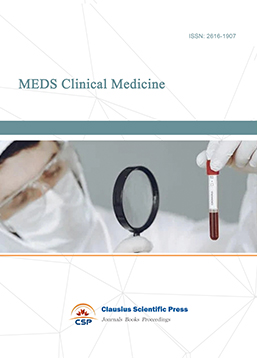
-
Journal of Neurobiology and Genetics
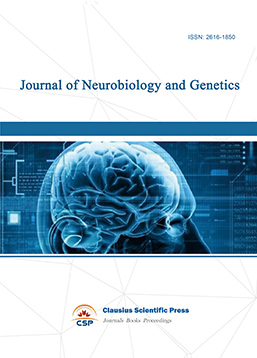
-
Medical Imaging and Nuclear Medicine
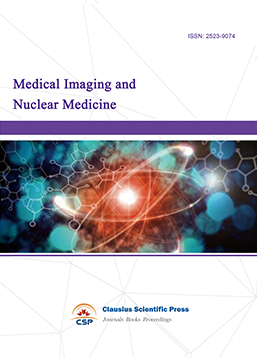
-
Bacterial Genetics and Ecology
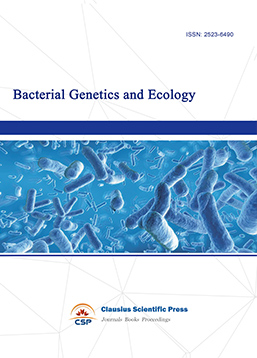
-
Transactions on Cancer
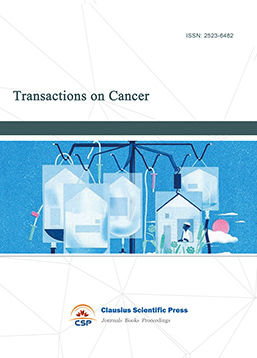
-
Journal of Biophysics and Ecology
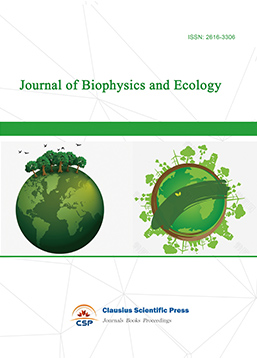
-
Journal of Animal Science and Veterinary
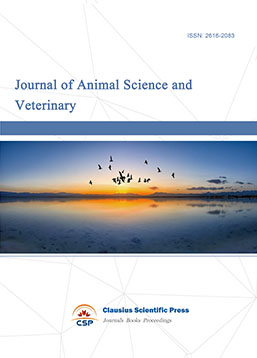
-
Academic Journal of Biochemistry and Molecular Biology
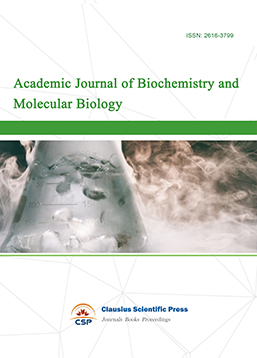
-
Transactions on Cell and Developmental Biology
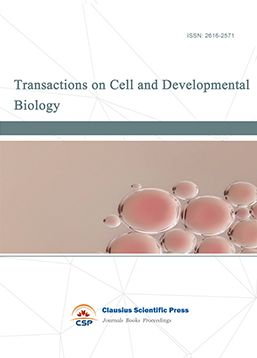
-
Rehabilitation Engineering & Assistive Technology
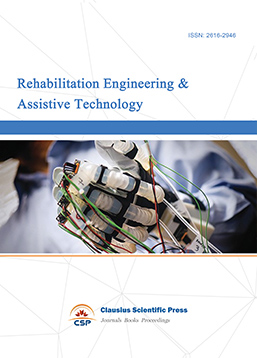
-
Orthopaedics and Sports Medicine
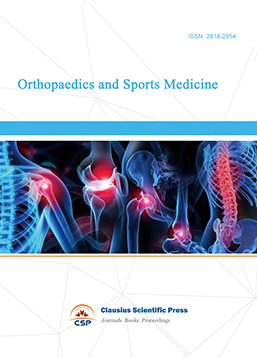
-
Hematology and Stem Cell
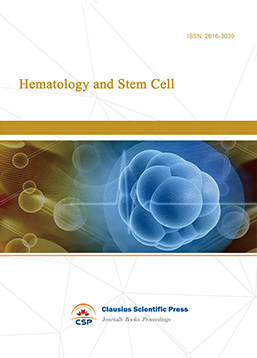
-
Journal of Intelligent Informatics and Biomedical Engineering
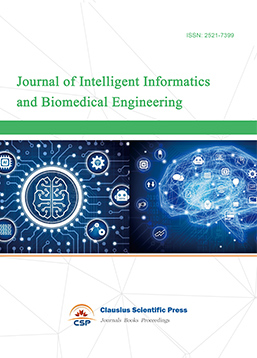
-
MEDS Basic Medicine
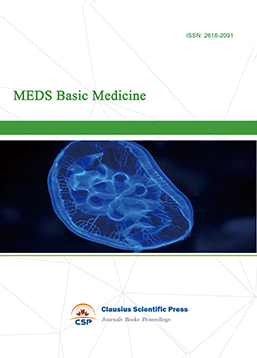
-
MEDS Stomatology
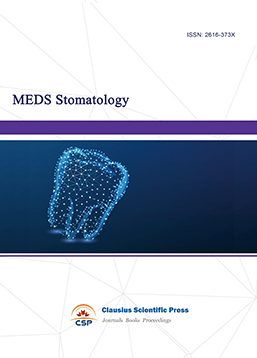
-
MEDS Public Health and Preventive Medicine
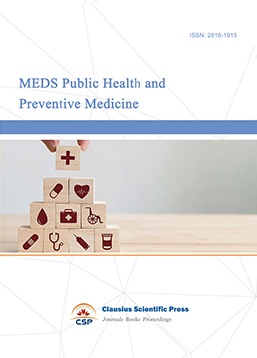
-
Journal of Enzyme Engineering
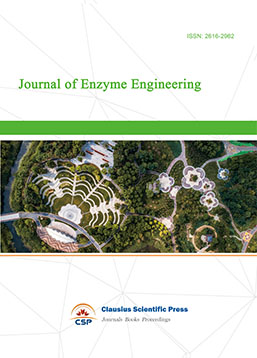
-
Advances in Industrial Pharmacy and Pharmaceutical Sciences
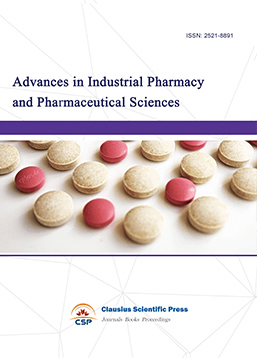
-
Bacteriology and Microbiology
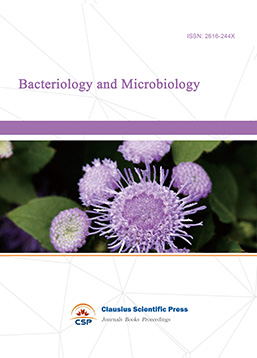
-
Advances in Physiology and Pathophysiology
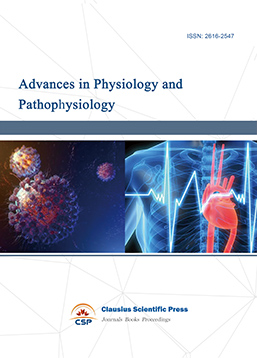
-
Journal of Vision and Ophthalmology
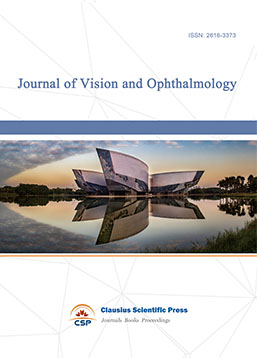
-
Frontiers of Obstetrics and Gynecology
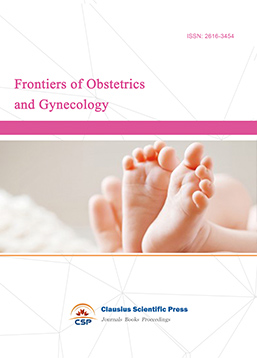
-
Digestive Disease and Diabetes

-
Advances in Immunology and Vaccines
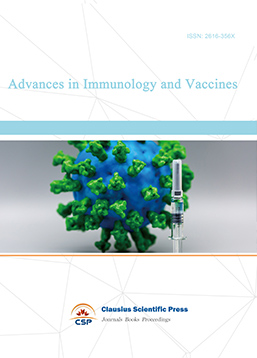
-
Nanomedicine and Drug Delivery
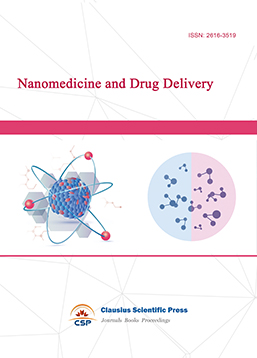
-
Cardiology and Vascular System
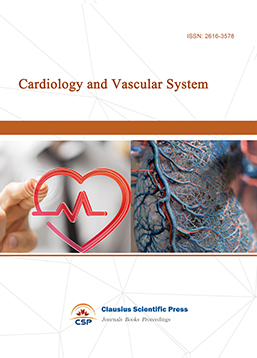
-
Pediatrics and Child Health
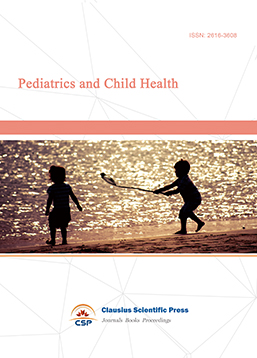
-
Journal of Reproductive Medicine and Contraception
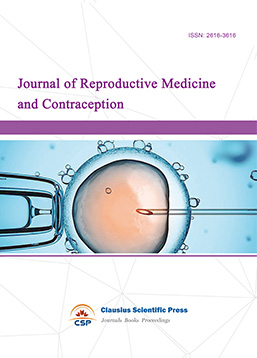
-
Journal of Respiratory and Lung Disease
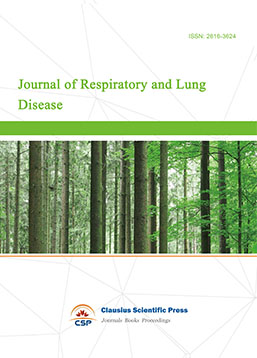
-
Journal of Bioinformatics and Biomedicine
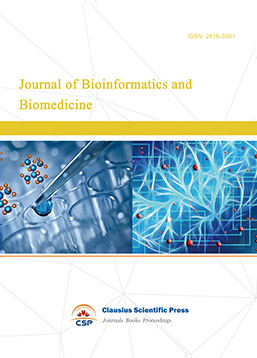

 Download as PDF
Download as PDF